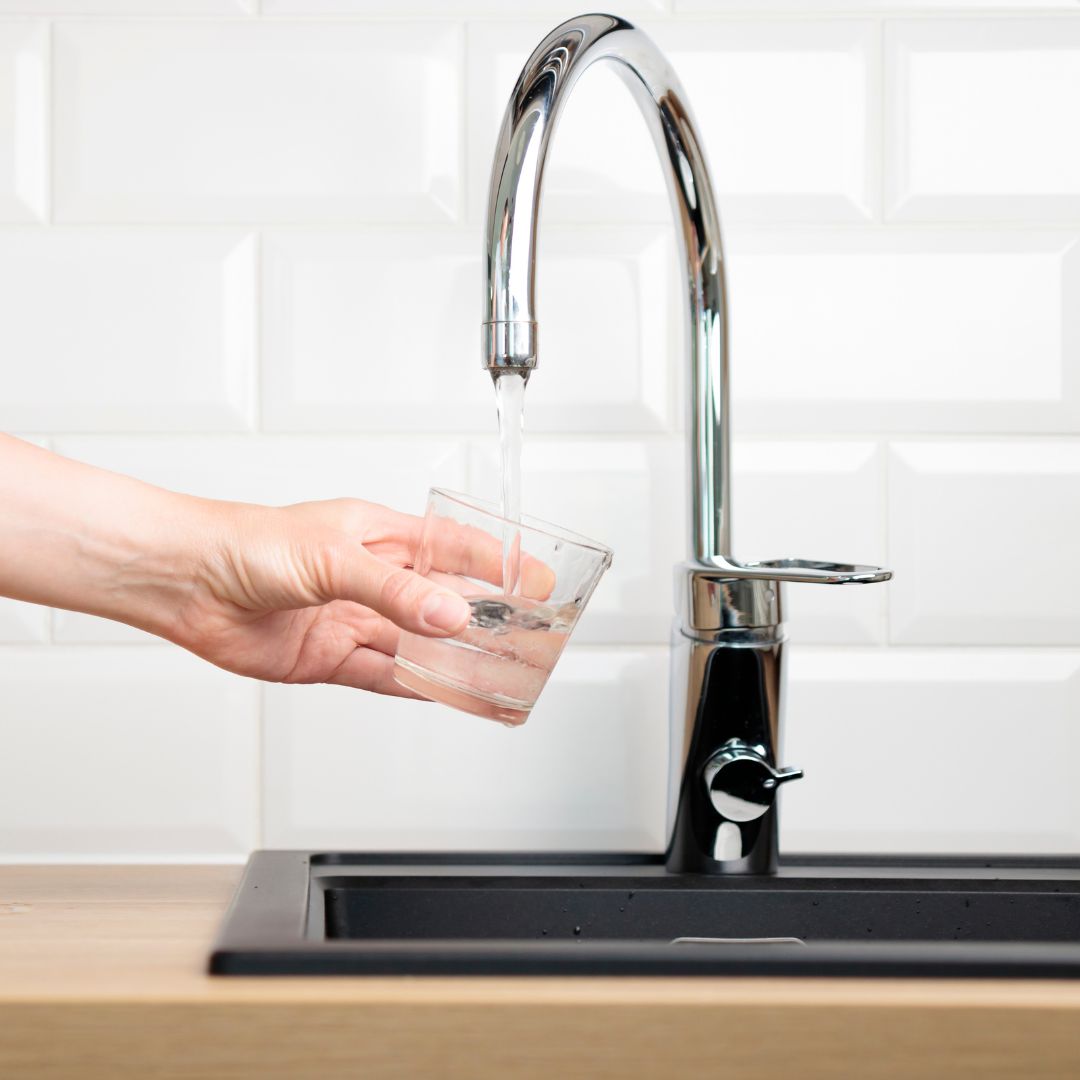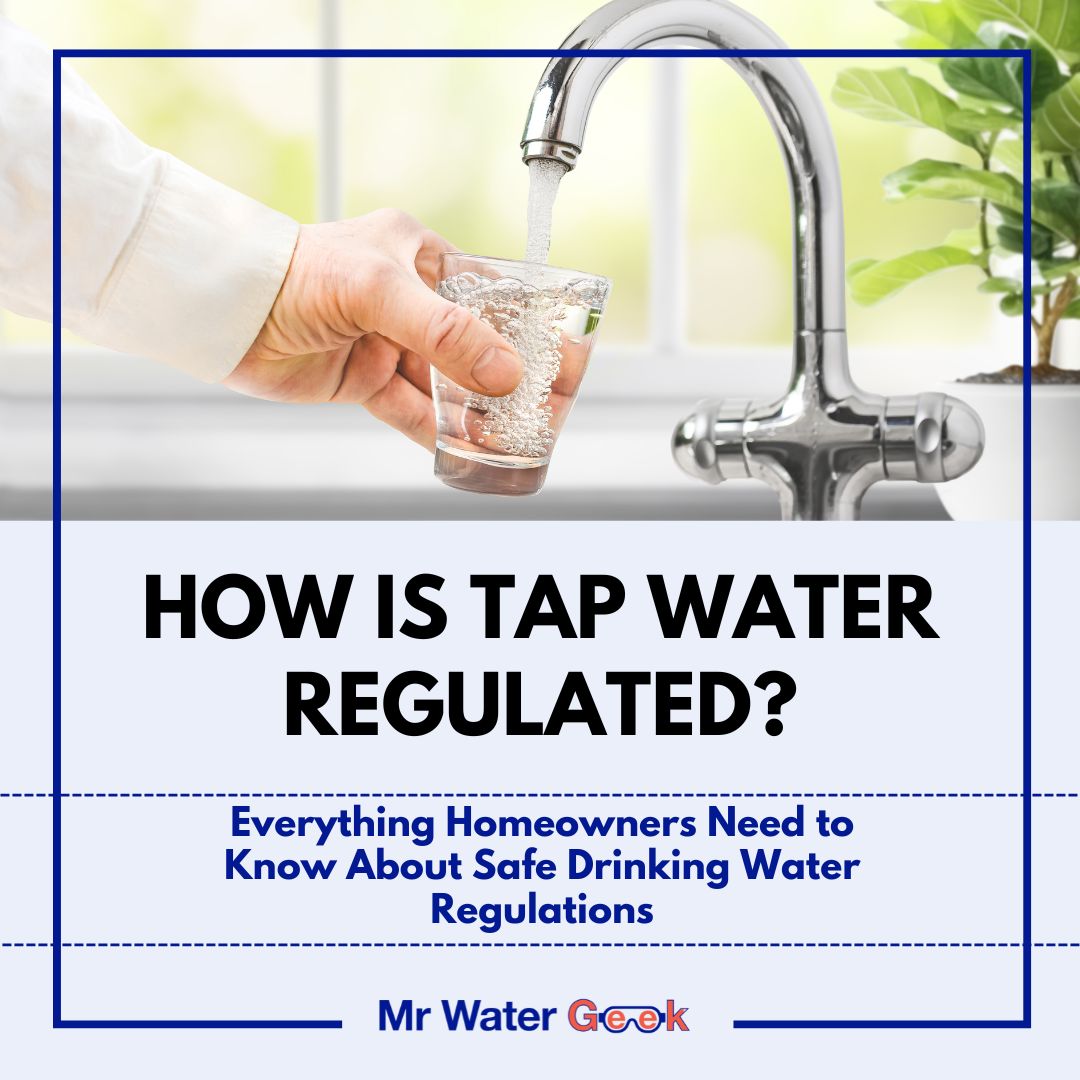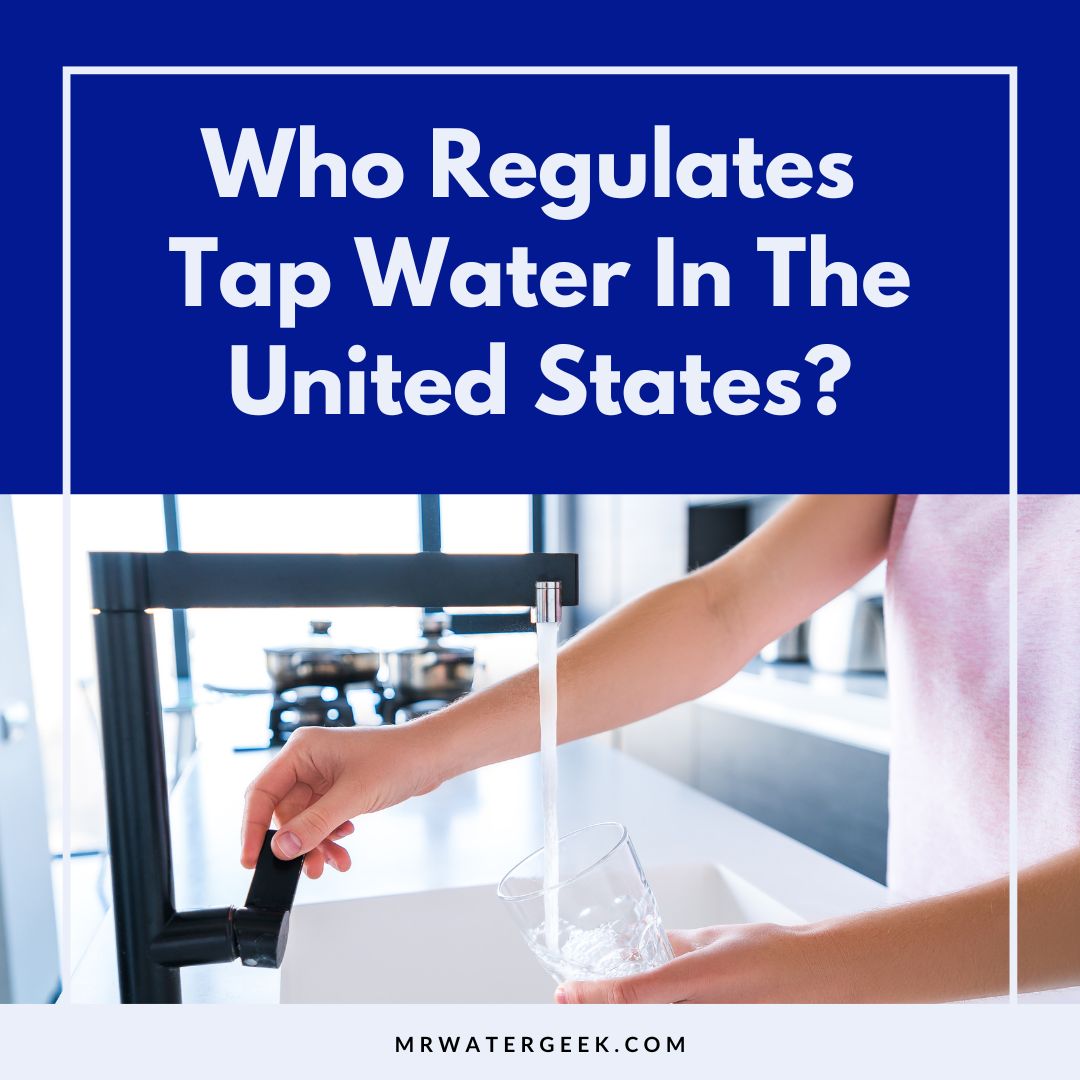How Is Tap Water Regulated?: Everything Homeowners Need to Know About Safe Drinking Water Regulations

About 90% of US homes have direct access to public tap water systems, making it one of the most commonly used sources of drinking water in the country. Though clean tap water is an everyday convenience that people often don’t think about, a great deal of regulation and monitoring keeps the drinking water supply safe.
The regulation of water can also significantly affect human health, since the consumption of contaminated water can result in immediate illness or long-term health risks. Knowledge of how government regulators test and control the ph of tap water aids consumers in making informed decisions about their drinking water and taking appropriate precautions when necessary.
This guide will explain how tap water is regulated in the United States, which organizations are responsible for monitoring water quality, what standards exist to safeguard consumers, and more. Let’s get into it!

How Is Tap Water Regulated?
Various entities regulate tap water in the United States, following specific regulations and safety standards. Public water systems implement these rules in multiple stages. First, they safeguard the source water (lakes, rivers, groundwater) from pollution. They then apply effective treatments to clean and neutralize pollutants.
Water passes through distribution systems (pipelines, pumps, storage tanks) to get to households after treatment. Testing is an important part of this phase. Big drinking water systems often test water quality multiple times a day at different junctures in their networks.
Shortly, we’ll discuss which body regulates tap water, what exactly are these regulations, and more.

Who Regulates Tap Water In The United States?
The Environmental Protection Agency (EPA) primarily regulates tap water in the United States. Congress granted this authority by passing the Safe Drinking Water Act (SDWA) in 1974, which provided the EPA with jurisdiction over public water sources in the United States.
Today, EPA regulates more than 90 contaminants in drinking water through the National Primary Drinking Water Regulations (NPDWRs). They coordinate with state governments, which typically enforce standards that are even more stringent than federal standards. This collaboration offers a double layer of defense that addresses national water concerns and local water challenges.
Although the EPA has jurisdiction over tap water, the Food and Drug Administration (FDA) is in charge of bottled water regulation. This creates different oversight systems for tap and bottled water.
For more insights on tap water and bottled water, check out these previous posts:
- Tap Water vs Bottled Water: DANGERS + What To Do
- Which Bottled Water Comes From TAP WATER?
- Is Tap Water Safe To Drink?

What Are Tap Water Regulations You Should Know About?
Other laws regulate certain types of water safety. Here’s what every consumer should know about the key regulations that impact their tap water:
The Safe Drinking Water Act (SDWA)
The Safe Drinking Water Act is the basis for all tap water regulation in the US. Adopted in 1974, this federal law authorizes EPA to establish national drinking water regulations. The SDWA applies to all public water systems in the nation that serve at least 25 individuals.
The EPA must identify which contaminants can cause health problems and set a legal limit for those contaminants. The law requires the agency to review these drinking water standards at least every six years, updating them if new science indicates the need for stronger protections.
National Primary Drinking Water Regulations (NPDWSs)
National Primary Drinking Water Regulations set legally enforceable standards known as Maximum Contaminant Levels (MCLs) for some contaminants in drinking water. As earlier mentioned, more than 90 contaminants are regulated by the EPA through these primary regulations, which target substances based on actual or potential health effects.
The NPDWRs are designed to protect the health of consumers by preventing potential health risks both short term and long term which are caused by water pollution. They exist to guarantee that water utilities always maintain minimum safety requirements and to take appropriate actions when they don’t.
Lead and Copper Rule
The Lead and Copper Rule singles out those two metals, which can both leach into drinking water from plumbing materials. This rule was first adopted in 1991 and has been updated several times since. The regulation requires water systems to control water corrosivity to prevent metals from leaching into drinking water.
This rule is vital to protect consumers against lead exposure, which can have devastating health consequences, particularly for children and pregnant women. The regulation is designed to identify potential lead problems and to force water utilities to take action when problems arise.
Disinfection Byproduct Rules
Disinfection Byproduct Rules deal with chemicals that form when disinfectants (such as chlorine) react with naturally occurring organic matter in water. These byproducts include trihalomethanes (THMs) and haloacetic acids (HAAs), which studies associate with higher risk of cancer and reproductive problems following long-term exposure.
The Disinfection Byproduct Rules establish limits on these chemicals and outline treatment standards designed to remove organic and byproduct precursors.
Public Notification Rule
The Public Notification Rule sets guidelines for water systems to inform the public when things go wrong. Each notice has to describe the violation or situation, any possible health effects, what the water system is doing to address the problem, and what customers can do to protect themselves.
Here is a million-dollar question: “Does EPA Regulate All Contaminants in Tap Water?”
The regulatory framework protecting your tap water represents a major public health achievement that often goes unnoticed.
These rules are designed to ensure that tap water is safe to drink before it reaches your faucet. Every glass of water that comes from your tap is also a product of decades of scientific study, engineering innovation, and regulatory oversight working in concert to protect human health.
For more eye-opening facts about tap water quality and how safe it is for consumption, see my previous post, “4 Contaminants in Tap Water: What’s Really Coming Out of Your Faucet?.”
And if you want more product reviews, how-tos and helpful posts on all things water, wander over to my blog! I’m always happy to help!
Stay cool & stay hydrated,
Shashank Varma (Mr Water Geek)
